
Running Commentary 12/18/2023
Hello,
Next Monday is Christmas, and since I'll have Christmas things to do rather than write this newsletter, and New Years things the week after, A Running Commentary will be suspended for the next two weeks. See you in the new year.
Anyway...
Playing...

Warframe
"Whispers in the Walls" is the last update of 2023 and the continuation of the story first introduced way back in "The War Within" and "Chains of Harrow": the story of the Man in the Wall. Wally's shown up in some form in every story quest since then, but always as a sort of tease. Now, it seems that the teasing is starting to pay off.
Of course, originally, "The New War" was envisioned as being released before "Heart of Deimos". I think the extra year or so of anticipation of seeing more of Albrecht Entrati boosted this update quite a bit; the Entrati aren't simply some new things to see now that Ballas has been defeated; they're something familiar we're coming back to. They have precedent now.
Anyway, a new story update means new missions. If the Orb Vallis was an expansion and refinement of the Plains of Eidolon, Albrecht's secret basement is an expansion and refinement of the Zariman. It's the same style of hub-to-indoor-random-tileset-with-stuff-hidden-around thing. And, like the Zariman, the new tileset is just gorgeous. The labs are essentially the necramech-fighting zones of Deimos with the infested incursions replaced with alchemical workbenches; the Murmur's sandy wastes are a sparser, more desolate version of Mars without the Grineer installations. (This reminds me: I wish DE would get some excuse to redo the Mars tileset. It's one of my favorites, but it's showing its age most of any, but the Corpus ice caves). The new enemies are well-designed. Mobs are still easily enough dealt with. (You should mod for radiation, not for slash or viral; DE is doing some meta-busting with this update.) The necramechs only come in three types, and of of those is just the Voidrig again, but they're distinct from one another. What's more interesting is the Murmer. These act largely like slower infested, but the elite enemies are better done; it's clear when they're on the field, and it's pretty clear how to take them down, and they aren't just bullet sponges, you have to aim.
The new boss fight gets introduced at the end of the quest...kind of. The way it works in the quest is actually rather different from how it works in the regular mission. It's not the greatest boss fight in the game, but it's one of the better ones; the mechanics are clear enough and there's no invulnerability phase. There's an engaging prelude that serves as an agility challenge. I will say that once you summon the boss, Kullervo is very well suited to killing it: hit his 2 when the boss is all in pieces to build invulnerability, then use his 1 when it's gathered together to get in close and take it down. Now, there is another version of this fight that you get if you go in the Steel Path then collect twice the eyes. I tried this once; me and my whole squad died. I'm gonna wait until the power players write the guides before I try it again.
The other missions are basically fine, except I don't like Alchemy, which is just the Volatile mission from Corpus railjack with the additional need to throw things that often will hit enemies that are clambering around you instead of the target. I've only played it twice (the second time in the video below) and both times I was the only person consistently playing the objective. I dunno, maybe with the right squad it'd be okay, but it seems to share a lot of its downsides with Excavation and Thermite Fractures, and there's not much of an upside to playing it over the other nodes.
As for other things in the update: I don't have Qorvis yet. His farm is the bounty farm, first used for Gara: you get his main blueprint from the quest and the component blueprints as bounty drops. The only issue is that the bounties are Zariman-style, not Eidolon-style, so there's only one drop per mission, so the farm is a bit more tedious. I don't think that it's terrible though. Once I get Qorvis, I'll cover him here separately.
Tennokai is, as I feared, inconsistent and easy to miss. The change to the reticle just isn't obvious when it triggers, not least because you aren't watching your reticle while hacking away. It gets lost amid other stuff on-screen. Also, to use it, you need a 4-apacity mod equipped on your weapon, which is just another thing to cram into your build. I'll admit that I'm not great at using heavy attacks, so me being bat at Tennokai is probably just a symptom of me being bad at Warframe's melee in general, but it doesn't impress me much as it stands now.
Arcane dissolution is nice. I don't really have a huge pile of arcanes, since I never got into Eidolon hunting that much, but I still have plenty that I don't plan to use.
Overall, there's a lot to like in this update. There's new stuff to keep me busy for a while yet. I'll keep you posted on Qorvis and anything else I have thoughts on.
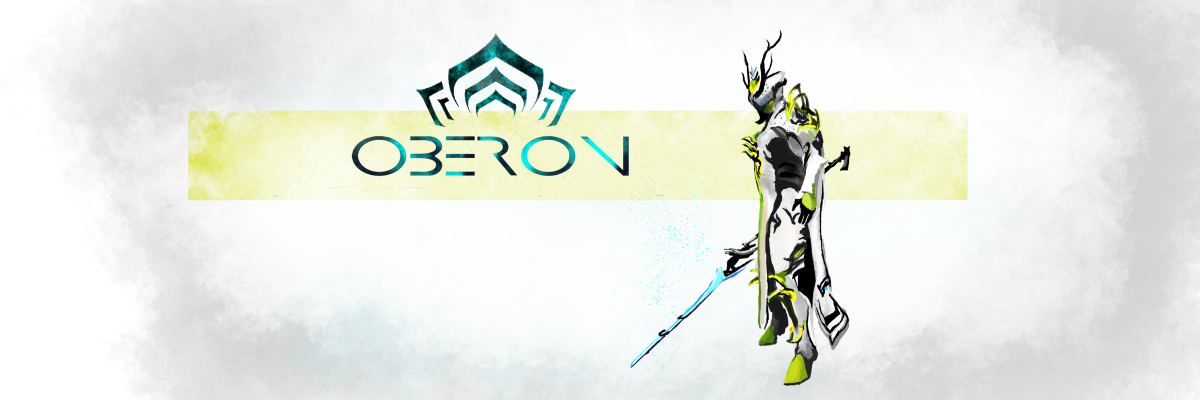
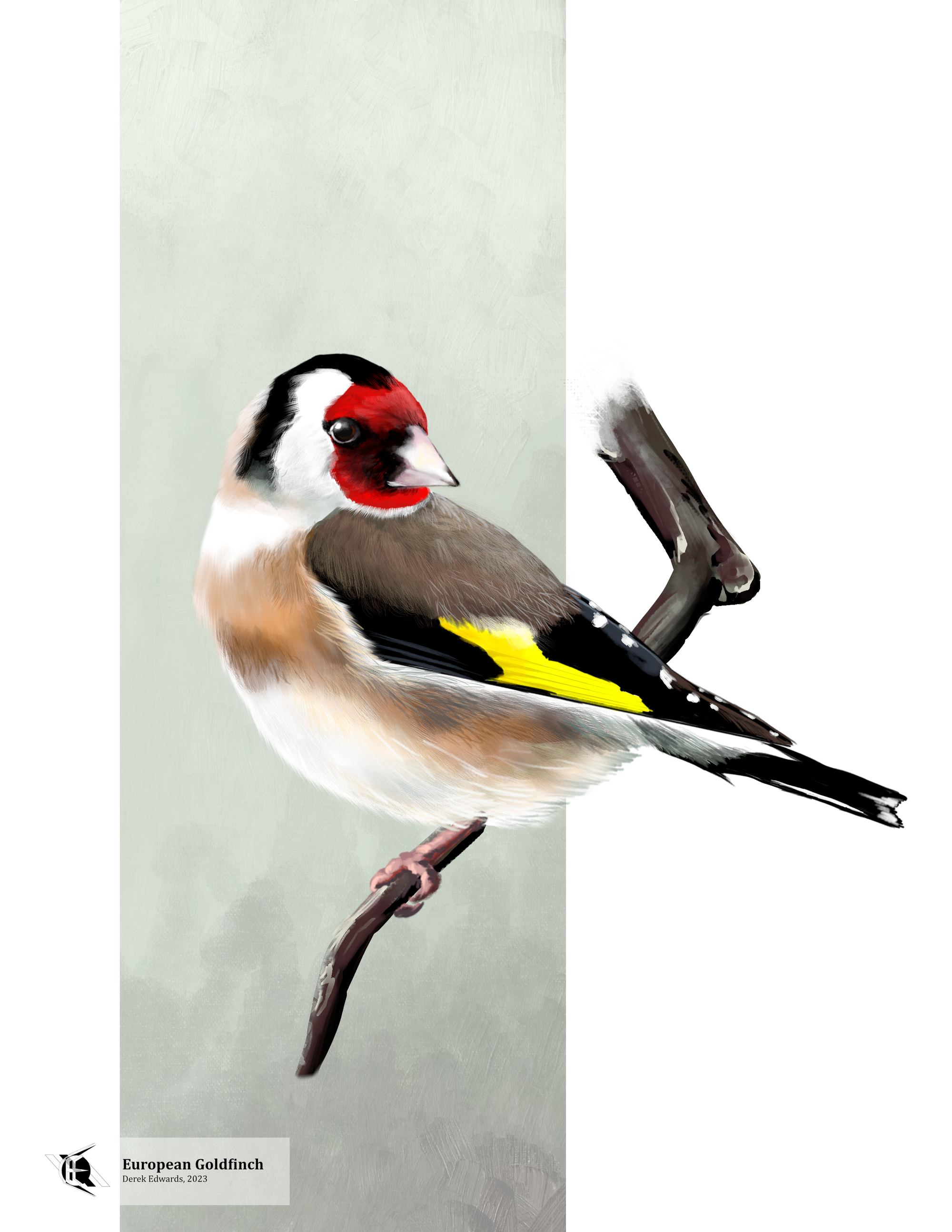
Bird of the Week
I am hardly the first person to take up drawing birds. I've mentioned illustrators like J. J. Audubon, Elizabeth Gould, Konrad Gessner, and Mark Catesby, and those are just some of the pioneering ones. There are hundreds of other bird illustrators of note throughout history; even today, in the age of ubiquitous color photography, people like Hilary Burn, Ray Ching, and David Allen Sibley still get renown for their paintings of birds in the pages of ornithological guides. But that's all illustration; proper fine art painting is generally considered a different thing. What that difference is, and where that line is drawn, is a matter of some debate, but the world's great galleries generally aren't filled with portraits of birds. Which brings me to the European Goldfinch, one of the more widely-featured avian subjects of Western art.
Found year-round in continental Europe, around the Mediterranean, and in the British Isles, with a migratory population moving seasonally from Russia to Central Asia, the European goldfinch is among the more colorful songbirds in its range. While not a strikingly yellow as its American counterpart, this goldfinch does have a conspicuous yellow band in its otherwise black wings, from which it draws its name. Adults also have striking, deep-red faces that make them instantly discernable from other yellow-feathered finches. Their beauty has made them popular with European peoples, who have tended to bring them along to other parts of the world. Hence, there are introduced populations in South America, South Africa, Australia, and New Zealand. It is not widely found in North America; there was once a population on Long Island, NY, established in and around the same cemetery where the house sparrow was first introduced to the United States., but the post-war expansion of suburbs in the 1950s wiped out these birds' habitat.1 Today, there is a population, descended from escaped cage birds, around the southwest corner of Lake Michigan.2,3 European goldfinches are not especially aggressive or adaptable, so they don't out-compete other birds and aren't considered invasive in the United States.
Weakness toward habitat loss is a threat to goldfinches in their native range. A major reason is that goldfinches primarily feed on thistle seeds. Thistles are unsightly, thorny weeds that doesn't often find a home in the sort of nicely-tended parks that other birds can do well living in.4 Additionally, the popularity of goldfinches as cage birds has been a problem. Before the practice was outlawed in 1933, a great many of Great Britain's goldfinches were trapped for sale;5 in North Africa illegal poaching of goldfinches and other songbirds is a lucrative source of income for people with limited economic prospects, and so trapping remains a danger for goldfinches there.6,7
Which brings me back to the goldfinch as a subject of art: a bird so prized for its beauty and song that it could be kept in such numbers has, naturally, also been the inspiration for a lot of artists. Antonio Vivaldi, an Italian composer whose "Spring" has become something of the generic Baroque-era piece, featured the goldfinch's song in his Flute Concerto Op. 10 No. 3 in D Major.8 The Dutch painter Carel Fabritius (who studied under Rembrandt before moving to Delft and founding the painting movement that would later produce Vermeer) produced perhaps the most famous painting of a songbird in 1654: a portrait of a captive goldfinch chained to its feedbox, done in such a way that, were it hung frameless on a white wall, it might at first glance appear to be a real bird on a real box; the painting now hangs in the Mauritshuis museum in the Hague.9 And that's not the only painting to feature this bird. Due to its relationship with the thorny thistle, the goldfinch came to be associated with the crucifixion; there was a Medieval notion, I'm not sure how seriously taken, that the red of a goldfinch's face was the stain of Christ's blood left when it fed on His crown of thorns.10 Resultantly much Catholic art of the Medieval and Renaissance period features a goldfinch as a detail.
There may be one other work of art to mention the European goldfinch. The Twelve Days of Christmas mentions many kinds of birds given as gifts to the singer by their true love. In the midst of these birds are listed "five gold rings". Gold rings would make a perfectly fine Christmas gift, but it may be that these were originally "goldspinks", that is, European goldfinches.11
To science, the bird is Caduelis caduelis; originally, Linneaus called it Fringilla carduelis, the Latin for "thistle finch".12 He was pulling from earlier tradition when he did so. Spanish ("cardelino"), Italian ("cardellino"), and French ("chardonneret") all draw their name for the goldfinch from the Latin for "thistle".
- Bent, A. C.; Austin, O. L., Jr. (1968). Life histories of North American cardinals, grosbeaks, buntings, towhees, finches, sparrows, and allies. p. 385-386. Accessed at https://repository.si.edu/handle/10088/10027
- Smith, D. (2022). "European goldfinches makes themselves at home in southeast Wisconsin". Wisconsin Public Radio. https://www.wpr.org/european-goldfinches-makes-themselves-home-southeast-wisconsin
- Craves, J. A., & Anich, N. M. (2023). Status and distribution of an introduced population of European Goldfinches (Carduelis carduelis) in the western Great Lakes region of North America. NeoBiota, 81, 129–155. https://doi.org/10.3897/neobiota.81.97736
- Hasson, Nir. (2021) “The Mystery of Jerusalem’s Vanishing Birds.” Haaretz. https://react-stage.haaretz.com/israel-news/2021-09-26/ty-article-magazine/.premium/the-surprising-cause-of-jerusalems-vanishing-birds/0000017f-e59f-da9b-a1ff-edffc6b80000.
- Chapman, D. (2014)"Everything to know about goldfinches in the UK." Saga Magazine. https://www.saga.co.uk/magazine/home-garden/gardening/wildlife/birds/goldfinch
- Khelifa, R. (2017). "Goldfinches need protection – migrating songbirds might be vanishing from North Africa." The Conversation. https://theconversation.com/goldfinches-need-protection-migrating-songbirds-might-be-vanishing-from-north-africa-80820.
- Khelifa, R., Zebsa, R., Amari, H., Mellal, M. K., Bensouilah, S., Laouar, A., & Mahdjoub, H. (2017). Unravelling the drastic range retraction of an emblematic songbird of North Africa: potential threats to Afro-Palearctic migratory birds. Scientific Reports, 7(1). https://doi.org/10.1038/s41598-017-01103-w
- Akademia Filmu i Telewizji. (2016). Vivaldi - “The Goldfinch” Flute Concerto Op. 10 No. 3 Ospedale della Pietà [Video]. YouTube. https://www.youtube.com/watch?v=uAbZIqOUDjk
- "The Goldfinch" Mauritshuis. https://www.mauritshuis.nl/en/our-collection/stories/the-goldfinch/
- "Madonna and Child with Saints James Major and John the Evangelist, altarpiece". The Brooklyn Museum. https://www.brooklynmuseum.org/opencollection/objects/17741
- Montgomerie, R. (2019). "Three French Hens". Wing Beat. American Ornithological Society. https://americanornithology.org/three-french-hens/
- Jobling, J. A. (editor). The Key to Scientific Names in Birds of the World (S. M. Billerman et al. editors), Cornell Laboratory of Ornithology, Ithaca.
Curation Links
What is the Science of Linguistics a Science of? | Ermanno Bencivenga, Epoché Magazine
“The disputes have to do with, indeed, what the very subject-matter of linguistics— any language—is, and consequently what its sources of data are to be. One party claims that a language is…to be studied…by collecting aggregates…of actual speech use…and identifying in them regularities that might support predictions of what to expect in the future. The other party…claims that language is…to be studied not by looking at actual speech use but by eliciting judgments of grammaticality (or other linguistic parameters) from speakers”
2023 Finalists | Comedy Wildlife Photography Awards
“Through the Comedy Wildlife Photography Awards, we aim to widen understanding and engagement of a sustainable world - and wildlife conservation specifically - for the preservation of biodiversity and the health and enrichment of everyone on Earth.”
That’s the mission statement of the Comedy Wildlife Photography Awards, which features nature’s more goofy and awkward moments. This year, that photo of the greenfinch “pointing indignantly” that you may have seen was one of the winters.
Divide and Concur | Hunter Dukes, The Public Domain Review
“The most bizarre aspect of The Unionization of Central Europe! is P.A.M.’s proposed canton system, which almost makes the Berlin Conference and Sykes-Picot Agreement look like ethnically sensitive approaches to territory distribution in comparison. To visualize this system, P.A.M.’s pamphlet came with foldout maps: ‘The New Europe with Lasting Peace’, and a slightly smaller map proposing a unification of European colonies in Africa, South America, and Southeast Asia, ‘The Colonies of the Union.’”
The Shadow and the Flash | Jack London
[FICTION] The Author of The Call of the Wild and White Fang delivers a story of two rivals driven to discover how to make things invisible in order to gain glory over the other. The way they do so is…unworkable, in such a way I’m surprised even London wouldn’t have understood, but if you can look past this detail this is a nice little story.
See the full archive of curations on Notion


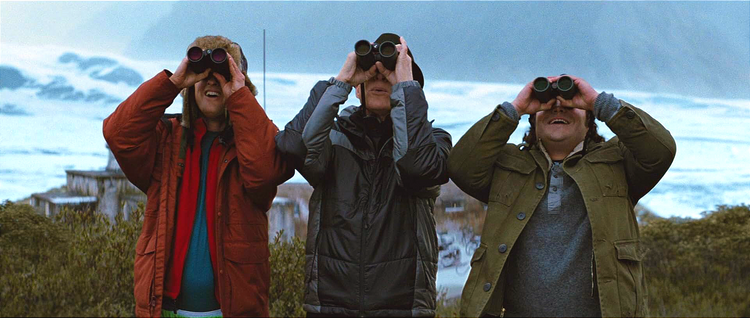
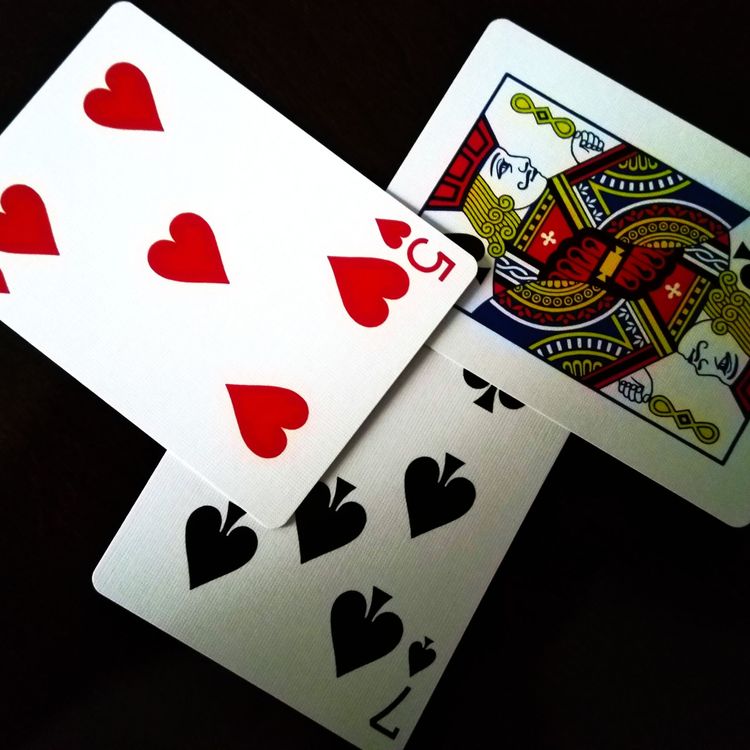


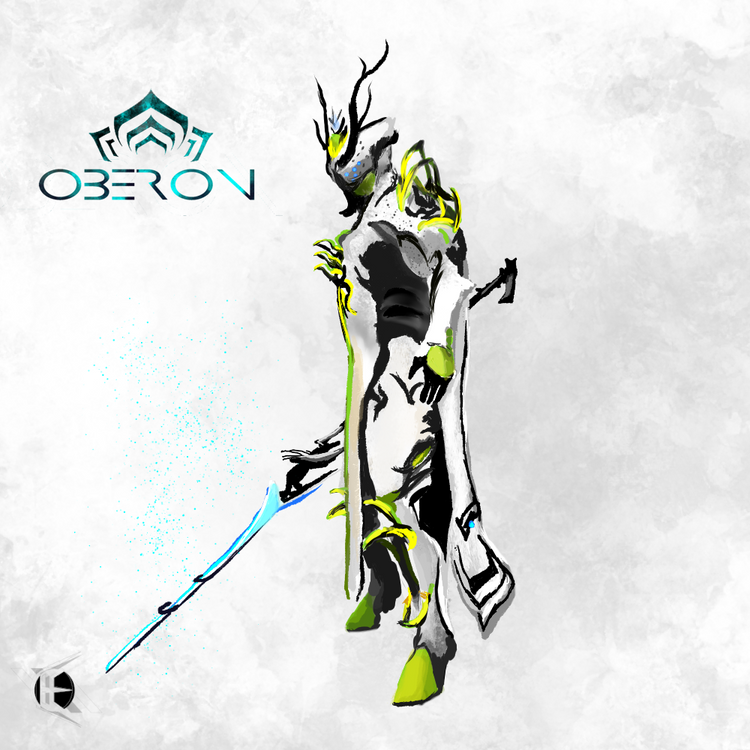
Member Commentary